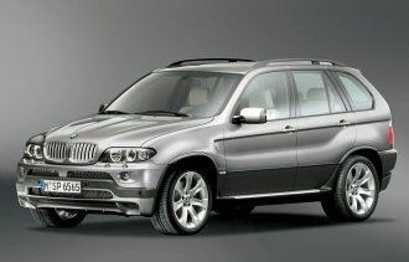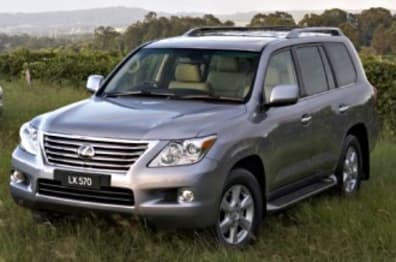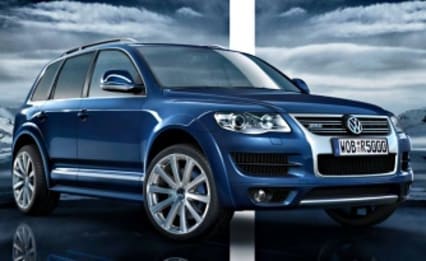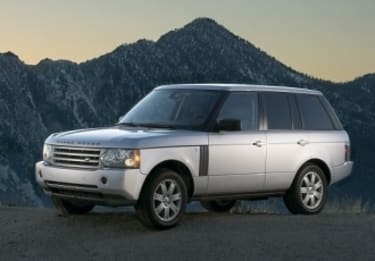
Used BMW X5 review: 2007-2011
- BMW X Models
- BMW X5
- BMW X Models 2007
- BMW X Models 2008
- BMW X Models 2009
- BMW X Models 2010
- BMW X Models 2011
- BMW X5 2007
- BMW X5 2008
- BMW X5 2009
- BMW X5 2010
- BMW X5 2011
- BMW X Models Reviews
- BMW X5 Reviews
- BMW Reviews
- BMW SUV Range
- SUV
- BMW
- Used Car Reviews
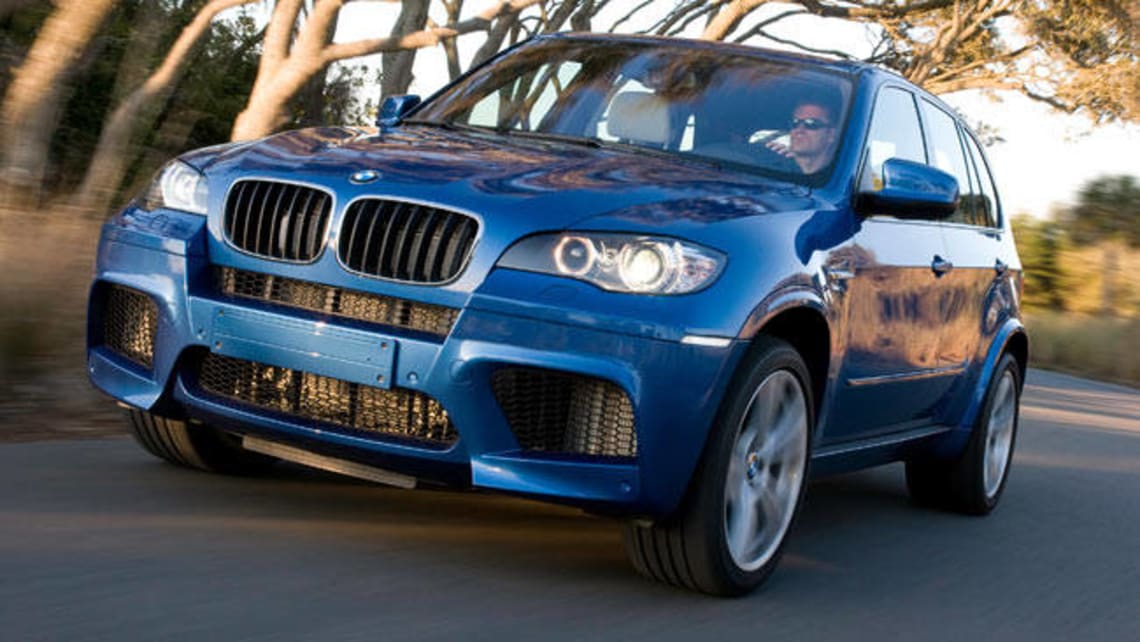
The BMW X5 received rave reviews when it was launched; road testers were ecstatic about the performance and handling of the big wagon.
NEW
The new model released in 2007 looked much like the previous model, but it was bigger, and for the first time there was seating for seven.
There were lots of other upgrades too, including improved engines, double wishbone suspension, forged aluminium front suspension mounts, magnesium dashboard support, and improvements to the iDrive four-wheel drive system.
BMW offered three engines, all improved. They consisted of a 3.0-litre six-cylinder petrol slurper, a 4.8-litre V8 and a 3.0-litre turbo-diesel. The V8 went like gangbusters, but had quite a thirst for premium unleaded, making the 3.0-litre petrol engine and the turbo-diesel the most sensible choices.
Of those two the turbo-diesel got the nod as the best choice overall. It was the most economical, but still had sufficient performance for the task at hand, and it was rated the best balanced of the new bunch on the road.
A slick shifting six-speed auto was the main gearbox choice, but that was joined by an eight-speed self-shifter in 2010. Nothing was lacking when it came to the cabin, it was roomy, the seats were comfortable, and it had everything you could want.
NOW
The X5 looks like a winner in the showroom, but drive it away and the story isn't so clear-cut. BMW's behemoth receives mixed reviews from the trade, with reports of numerous issues that could tarnish the ownership experience. While the body and underlying mechanics, that is the engines, gearboxes and drivelines are reasonably robust and reliable, the bolt-ons are not necessarily so.
- Rear tyre wear is an issue. The wear is more pronounced on the inner half of the tyre tread, and it can't be adjusted out, there simply isn't enough adjustment available. It becomes an issue when you have to stump up a considerable sum of money to replace those massive run-flat tyres.
- At the rear the outer bush in the lower control arms wear, eventually needing to be replaced, while at the front, the caster bar bushes wear out.
- In a rather poor design the air-conditioning drains onto the drive shaft from the centre transfer case to the front diff causing the shaft to rust out.
- Starter motor bushes wear out leading to the replacement of the starter motor. Ouch!
- The alternator is a rather complex water-cooled device with a plastic bush that wears breaks up. Like the starter there's no option but to replace the alternator.
- Plastic hoses and fittings in and around the engine bay go brittle and fall apart requiring replacement.
- Door locks and window regulators regularly fail.
- The dash and control panel displays fade and the panels have to be replaced.
To make matters worse, replacement parts are very expensive. Australians pay two to three times what Americans do for the exact same BMW-branded factory replacement parts. The very same parts, made by the same suppliers, companies like Bosch, but without the factory branding or packaging can be sourced by sharp mechanics for even less than the factory equivalents.
Anyone contemplating buying a used X5 should think long and hard about it before committing to a car. Buying a car with high kays on the odo, that's 100,000 km or more, is taking a real risk of their dream becoming an expensive one. The best car to buy is the one that's just come out of lease, they generally have low kays and they've been well serviced.
Before buying an X5 consider where you would have it serviced. BMW dealers will charge you the most, both in labour and parts, an independent specialist will charge much less and will most likely be able to source cheaper parts and in some case be able to repair parts instead of replacing them.
Don't jump in; have your preferred car checked by an expert before you buy.
SMITHY SAYS
The X5 is a great driver, but parts and servicing can be very expensive as the kays climb.
BMW X5 2007-2011
Price new: $85,000 to $118,300
Engine: 3.0-litre 6-cylinder, 200 kW/315 Nm; 3.0-litre 6-cylinder turbo-diesel, 160 kW/500 Nm; 4.8-litre V8, 261 kW/475 Nm; 3.0-litre 6-cylinder turbo-diesel, 173 kW/520 Nm; 3.0-litre 6-cylinder turbo-diesel, 225 kW/600 Nm; 3.0-litre 6-cylinder, 225 kW/400 Nm
Transmission: 6-speed auto, 8-speed auto, 4x4
Economy: 11.7 l/100 km (3.0), 8.7 l/100 km (3.0TD), 12.5 l/100 km (4.8)
Body: 4-door wagon
Variants: Base, Executive, Sport
Safety: 5-star ANCAP
COMING UP
Do you own a Holden Colorado? If so tell us what you think of it by sending your comments to Graham Smith at grah.smith@bigpond.com or Carsguide, PO Box 4245, Sydney, NSW, 2010.
Pricing
| Year | Price From | Price To |
|---|---|---|
| 2011 | $11,000 | $44,220 |
| 2010 | $8,800 | $40,150 |
| 2009 | $8,910 | $35,750 |
| 2008 | $6,380 | $20,900 |
| 2007 | $5,940 | $18,920 |
Pricing guides
Range and Specs
| Vehicle | Specs | Price* | |
|---|---|---|---|
| X3 3.0D | 3.0L, Diesel, 6 SP AUTO | $8,360 – 11,770 | 2007 BMW X Models 2007 X3 3.0D Pricing and Specs |
| X3 2.0D | 2.0L, Diesel, 6 SP AUTO | $5,940 – 8,360 | 2007 BMW X Models 2007 X3 2.0D Pricing and Specs |
| X3 3.0SI | 3.0L, PULP, 6 SP AUTO | $7,040 – 9,900 | 2007 BMW X Models 2007 X3 3.0SI Pricing and Specs |
| X3 2.5SI | 2.5L, PULP, 6 SP AUTO | $7,480 – 10,560 | 2007 BMW X Models 2007 X3 2.5SI Pricing and Specs |
$7,888
Lowest price, based on 20 car listings in the last 6 months



